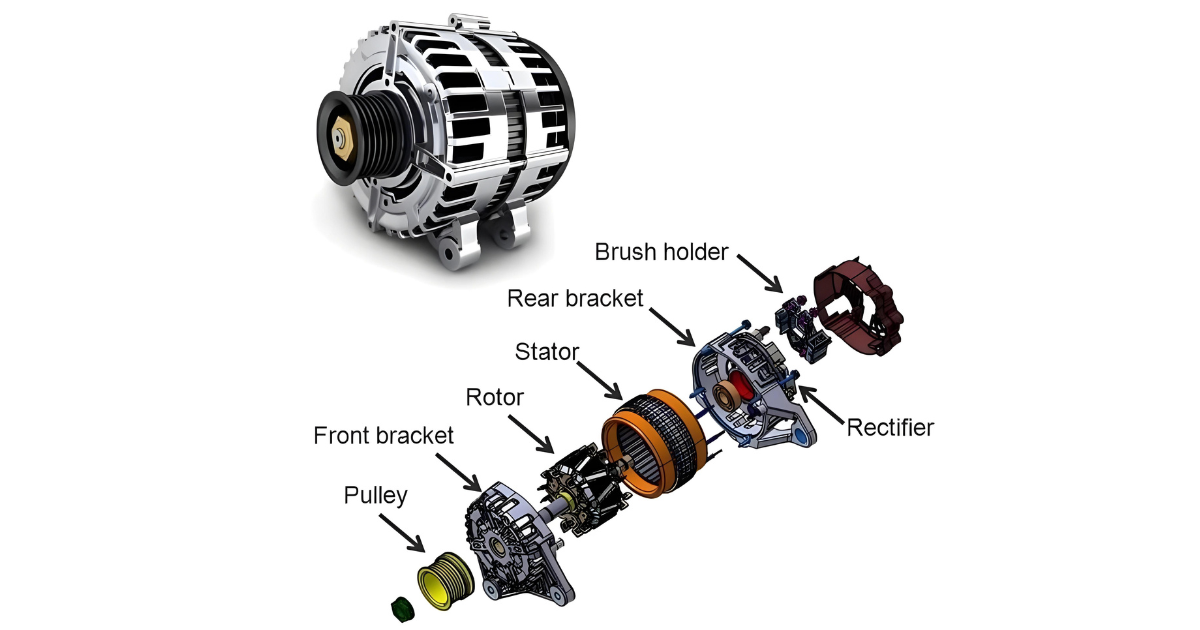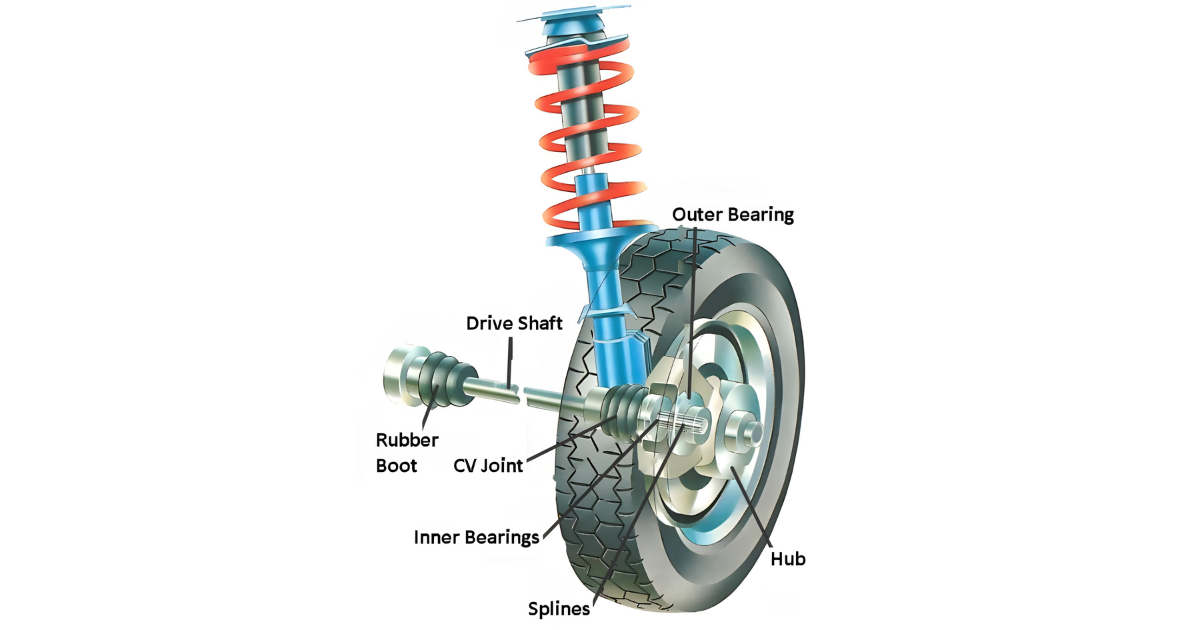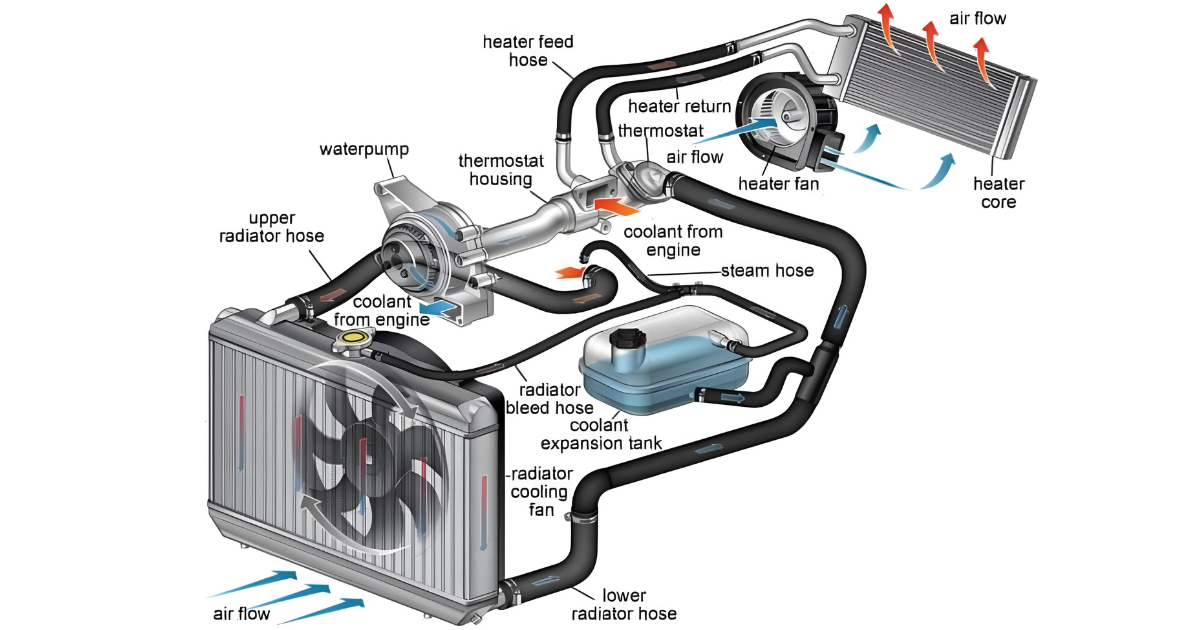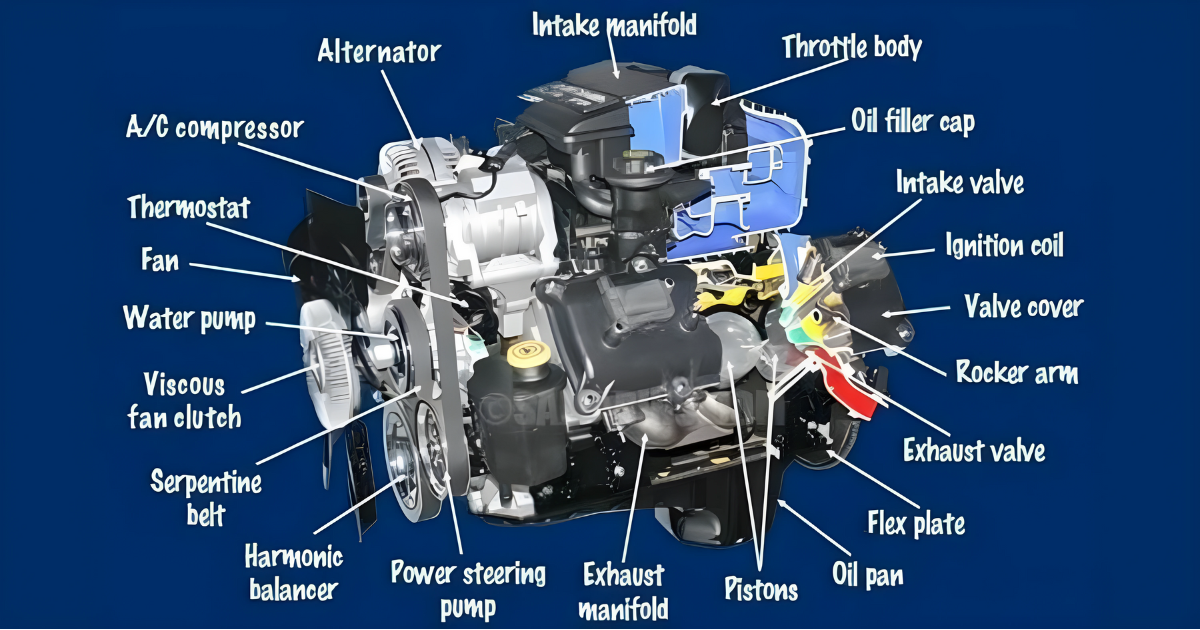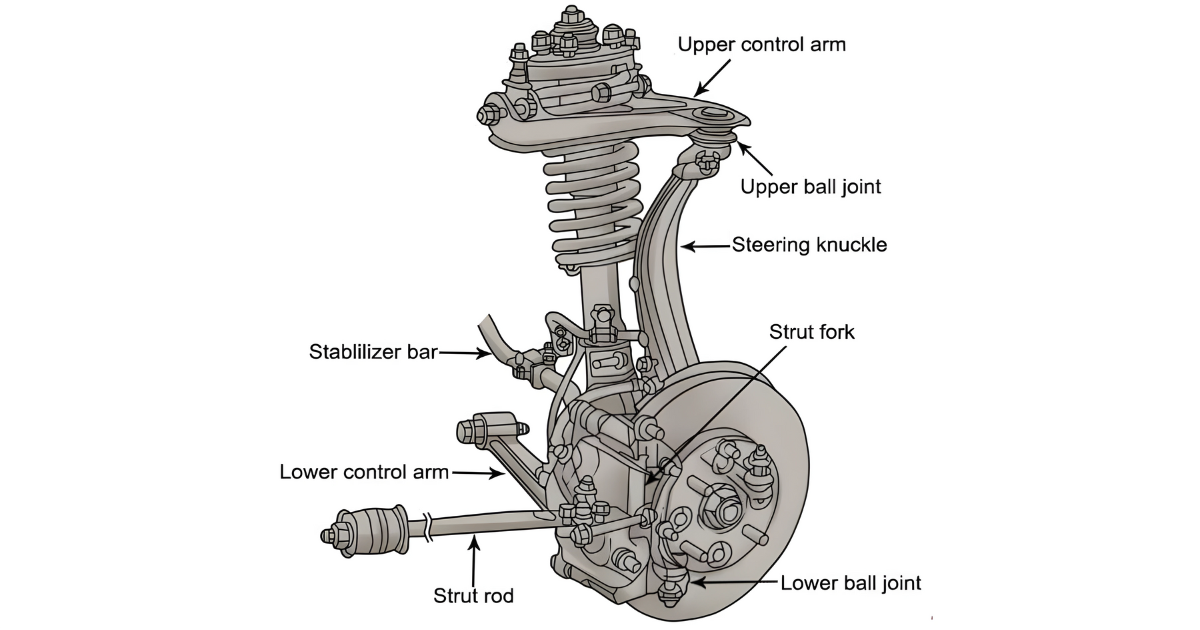In the heart of every automobile lies a critical component that ensures the continuous flow of electrical power – the alternator. This modest device plays a pivotal role in supplying electricity to a vehicle’s electrical system and charging the battery.
Let’s explore the details of the alternator and learn about its construction, functionality, and the indispensable role it plays in keeping our vehicles running smoothly.
The Alternator’s Purpose
An alternator is an electronic device that stores electrical energy for later use in a battery after converting mechanical energy from a rotating motor into electrical energy. When the engine is running, it produces enough electricity to power the vehicle’s electrical systems and charge the battery.
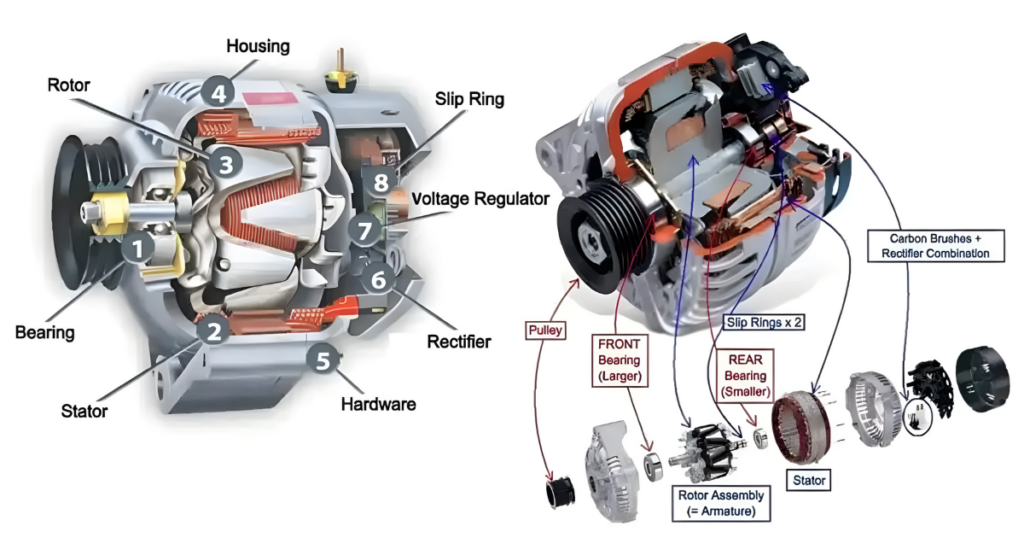
How the Alternator Works
- Mechanical Energy Conversion: As the engine runs, it turns the alternator’s rotor, which is a small, powerful magnet. This rotational motion induces a changing magnetic field within the stator.
- Electromagnetic Induction: The changing magnetic field within the stator coils induces an alternating current (AC) in the wires of the stator. This AC is essentially an electrical current that alternates direction at a rapid rate.
- Diode Rectification: The diode rectifier transforms the stator’s generated AC into DC. This is a crucial step, as the vehicle’s electrical system and battery operate on direct current.
- Voltage Regulation: The alternator has a voltage regulator that maintains a consistent output voltage. This ensures a steady and reliable supply of electrical power to the vehicle’s components.
Charging the Battery
- Battery Connection: The alternator is connected to the vehicle’s battery. When the engine is running, the alternator not only powers the electrical components but also directs excess electricity to charge the battery.
- Regulated Charging: The voltage regulator monitors the battery’s state and adjusts the alternator’s output accordingly. If the battery is low, the alternator increases its output to recharge it. Conversely, if the battery is fully charged, the output is reduced.
Benefits of Alternators Over Generators
- Efficiency: Alternators are more efficient than traditional generators. They produce a steady output of electrical power, ensuring a consistent supply to the vehicle’s electrical system.
- Lighter Weight: Alternators are generally lighter than generators, contributing to overall fuel efficiency and reducing the load on the engine.
- Lower Maintenance: The design of alternators, particularly the use of diode rectifiers, requires less maintenance compared to the brushes and commutators in generators.
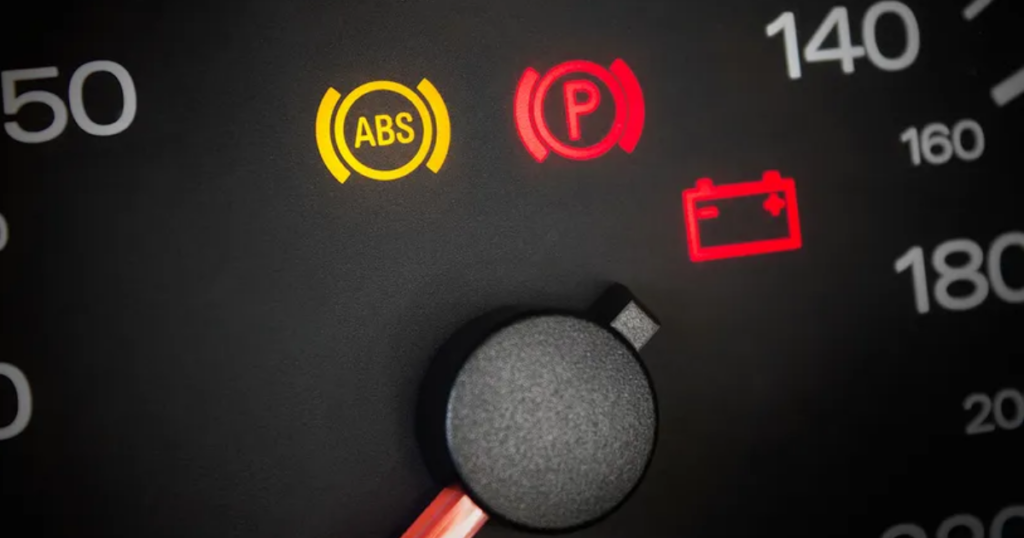
Signs of Alternator Issues
- Dimming Lights: If the alternator is not charging the battery effectively, you may notice dimming headlights or interior lights.
- Warning Light: Modern vehicles are equipped with a dashboard warning light that illuminates when the alternator is not functioning correctly.
- Strange Noises: Unusual noises, such as grinding or whining, may indicate issues with the alternator’s bearings or other internal components.
Alternator Maintenance
- Regular Inspections: Periodic checks of the alternator, including the drive belt and connections, can help identify potential issues before they escalate.
- Belt Tension: A loose or worn drive belt can impact the alternator’s efficiency. Regularly check the belt tension and replace it if necessary.
- Clean Connections: Corroded or loose electrical connections can hinder the alternator’s performance. Keeping the connections clean and secure is essential for proper operation.
Key Components
- Rotor: The rotating part of the alternator, often mounted on the engine’s shaft.
- Stator: The stationary part surrounding the rotor, consisting of coils of wire.
- Diode Rectifier: The electrical system of the vehicle that converts the alternator’s alternating current (AC) into direct current (DC).
Conclusion
The alternator, often overshadowed by more noticeable components under the hood, stands as a testament to the intricate engineering that powers our vehicles. Its ability to convert mechanical energy into electrical power not only keeps our lights on but also ensures the continuous operation of critical systems.
As we navigate the roads, it’s worth appreciating the unsung hero, the alternator, silently working to provide the energy that fuels our modern transportation. Understanding its construction, operation, and signs of potential issues empowers vehicle owners to ensure a reliable and efficient electrical system on every journey.
For a comprehensive visual explanation of the workings of alternators, please refer to the video below.

